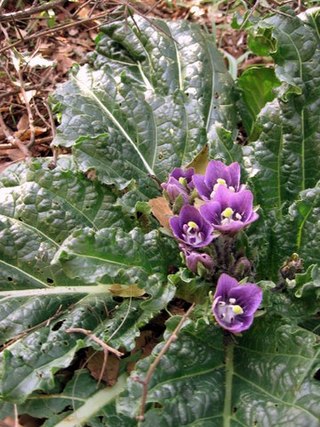Clone or Clones or Cloning or Cloned or The Clone may refer to:
Iris most often refers to:
A monster is a type of fictional creature found in horror, fantasy, science fiction, folklore, mythology and religion.
A puppy is a juvenile dog.
Lucifer is a folklore figure associated with the planet Venus, subsequently used in Christianity as a name for the devil.

Mandrake the Magician is a syndicated newspaper comic strip, created by Lee Falk before he created The Phantom. Mandrake began publication on June 11, 1934. Phil Davis soon took over as the strip's illustrator, while Falk continued to script. The strip was distributed by King Features Syndicate.
A willow is any of the several hundred species of deciduous trees and shrubs in the genus Salix.
Wizard, the wizard, or wizards may refer to:

Alraune is a novel by German novelist Hanns Heinz Ewers published in 1911. It is also the name of the female lead character. The book originally featured illustrations by Ilna Ewers-Wunderwald.
Avenger(s) or The Avenger(s) may refer to:

Defenders of the Earth is an American animated television series produced in 1986, featuring characters from three comic strips distributed by King Features Syndicate—Flash Gordon, The Phantom, Mandrake the Magician, and Mandrake's assistant Lothar—opposing Ming the Merciless in the year 2015. Supporting characters include their children Rick Gordon, L.J., Kshin, and Jedda Walker.
An aria is a self-contained expressive melody for one voice usually with orchestral accompaniment.
Godzilla, also known as Gojira, is a fictional Japanese monster.
Freak has several meanings: a person who is physically deformed or suffers from an extraordinary disease and condition, a genetic mutation in a plant or animal, etc.

Mandragora officinarum is the type species of the plant genus Mandragora in the nightshade family Solanaceae. It is often known as mandrake, although this name is also used for other plants. As of 2015, sources differed significantly in the species they use for Mandragora plants native to the Mediterranean region. The main species found around the Mediterranean is called Mandragora autumnalis, the autumn mandrake. In a broader circumscription, all the plants native to the regions around the Mediterranean Sea are placed in M. officinarum, which thus includes M. autumnalis. The names autumn mandrake and Mediterranean mandrake are then used. Whatever the circumscription, Mandragora officinarum is a perennial herbaceous plant with ovate leaves arranged in a rosette, a thick upright root, often branched, and bell-shaped flowers followed by yellow or orange berries.

Mandragora is a plant genus belonging to the nightshade family (Solanaceae). Members of the genus are known as mandrakes. Between three and five species are placed in the genus. The one or two species found around the Mediterranean constitute the mandrake of ancient writers such as Dioscorides. Two or three further species are found eastwards into China. All are perennial herbaceous plants, with large tap roots and leaves in the form of a rosette. Individual flowers are bell-shaped, whitish through to violet, and followed by yellow or orange berries.

Mandragora autumnalis, known as mandrake or autumn mandrake, is recognized by some sources as a separate species from Mandragora officinarum, although with different circumscriptions. Others regard it as merely part of this very variable species. Plants given the name Mandragora autumnalis consist of a rosette of leaves up to 60 cm (2 ft) across, close to the ground, with a central group of usually purplish flowers followed by yellow or orange berries. The large tap-roots as well as the leaves contain alkaloids and are toxic. They have traditional uses as herbal medicines.
Mandragora turcomanica, the Turkmenian mandrake, is a perennial herbaceous plant in the family Solanaceae, native to the Köpet Dag mountains in Turkmenistan and one location in neighbouring Iran. It differs from the mandrakes found around the Mediterranean chiefly by being larger.
This page is based on this
Wikipedia article Text is available under the
CC BY-SA 4.0 license; additional terms may apply.
Images, videos and audio are available under their respective licenses.




